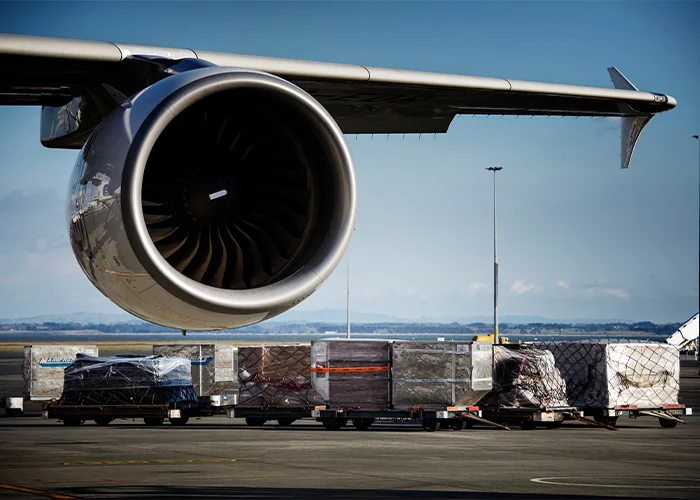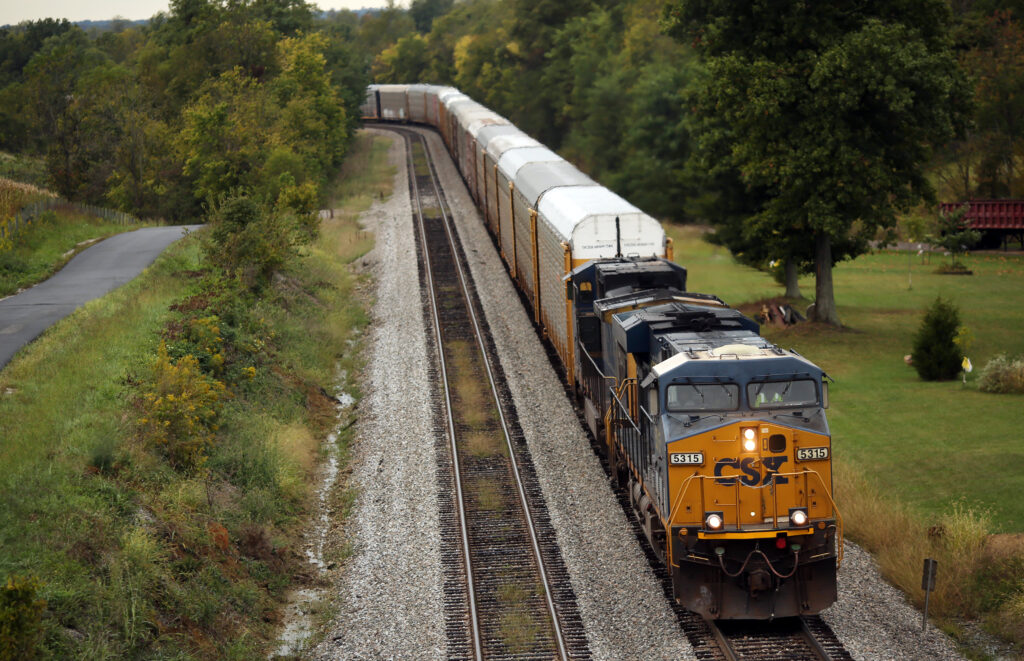- By Della tj
- October 31, 2025
- Customs Brokerage, Shipping
Managing trusted customs clearance from Shenzhen to Canada can be complex due to tariffs, documentation, and strict regulations. However, by working with experienced logistics providers, importers can ensure compliance, reduce shipping delays, and achieve consistent, cost-effective deliveries.
Why Customs Clearance from Shenzhen to Canada Requires Expertise
Every shipment leaving China undergoes detailed checks before entering Canada. The Canada Border Services Agency (CBSA) requires accurate product classification, HS codes, and declared values. Incomplete or inaccurate paperwork can result in penalties or even shipment seizure.
Moreover, Shenzhen’s role as a top export hub offers efficiency but also high cargo volume, which demands strict documentation and inspection compliance. Therefore, a professional customs clearance agent ensures all steps—from filing export licenses to coordinating Canadian import documentation—are done correctly and efficiently.
Additionally, with pre-clearance services and electronic filing, customs processes can now be completed even before the vessel or plane arrives in Canada, significantly reducing waiting time.
How the Trusted Customs Clearance Process Works
The customs clearance process follows a structured flow designed to ensure legal compliance and logistical precision.
| Step | Description | Responsible Party |
|---|---|---|
| 1. Export Preparation | Prepare invoices, HS codes, and export declarations | Exporter in Shenzhen |
| 2. Freight Booking | Schedule shipping via air, sea, or rail | Freight Forwarder |
| 3. Customs Filing | Electronic submission to CBSA | Customs Broker |
| 4. Inspection & Duty Assessment | Physical check and tariff calculation | CBSA Officer |
| 5. Release & Delivery | Goods delivered to final consignee | Carrier & Importer |
In addition, using automated systems and digital customs platforms eliminates manual errors and improves transparency in both export and import stages.
Comparing Shipping Methods from Shenzhen to Canada
Selecting the right transport mode impacts cost, transit time, and customs efficiency. Below is a quick comparison for importers:
| Shipping Method | Transit Time | Cost Range | Best For | Customs Complexity |
|---|---|---|---|---|
| Air Freight | 3–7 days | High | Urgent shipments | Low |
| Sea Freight (FCL/LCL) | 25–35 days | Low | Bulk cargo | Moderate |
| Rail Freight | 15–20 days | Medium | Balanced cost and time | Moderate |
| Express Courier | 3–5 days | Medium-High | Small parcels & samples | Low |
Tip: For high-value or time-sensitive cargo, air or express shipping is preferred due to simplified inspection and faster clearance.
Essential Documents for Seamless Clearance
Documentation is the backbone of every customs clearance process. Missing or incorrect details can delay your shipment. Below is a complete checklist:
| Document | Purpose |
|---|---|
| Commercial Invoice | Declares product type and value |
| Packing List | Confirms shipment contents |
| Bill of Lading / Air Waybill | Acts as shipping contract |
| Certificate of Origin | Verifies manufacturing country |
| Import License | Required for restricted goods |
| HS Code List | Determines duty and tax rates |
| Insurance Certificate | Protects cargo in transit |
Each document must align with CBSA requirements and Chinese export rules to prevent discrepancies.
Real Case Studies: Successful Customs Clearance from Shenzhen to Canada
Case 1: Electronics from Shenzhen to Toronto
Cargo: 3 tons of electronics
Mode: Air freight
Transit Time: 6 days
Cost: USD 12,400
Outcome: Cleared in under 24 hours using pre-verified HS codes.
Case 2: Furniture from Shenzhen to Vancouver
Cargo: 1×40HQ container of wooden furniture
Mode: Sea freight
Transit Time: 28 days
Cost: USD 4,800 (including customs & insurance)
Outcome: Cleared on arrival due to accurate documentation and inspection scheduling.
These cases demonstrate how effective documentation, proper tariff classification, and trusted logistics partners accelerate customs clearance.
How Customs Duties and Taxes Are Calculated
Duties in Canada depend on product classification, declared value, and applicable trade agreements. Canada applies the Most Favored Nation (MFN) tariff system to imports from China.
| Product Category | Duty Rate | GST | Example HS Code |
|---|---|---|---|
| Electronics | 0–5% | 5% | 8471.30 |
| Furniture | 5–12% | 5% | 9403.20 |
| Apparel | 15–18% | 5% | 6109.10 |
| Machinery | 0–10% | 5% | 8409.91 |
In addition, goods may be subject to provincial sales taxes (PST) depending on destination—e.g., 7% in British Columbia. Importers should calculate total landed cost in advance to avoid surprises.
Need a reliable logistics partner? Share your shipment details and we’ll provide a tailored quotation quickly and accurately.
How to Speed Up Customs Clearance
To shorten clearance times, businesses can take the following steps:
- Pre-submit documentation to CBSA before cargo arrival.
- Use precise HS codes to reduce reclassification risks.
- Label cargo properly with English descriptions.
- Work with licensed brokers familiar with CBSA procedures.
- Maintain consistent supplier documentation to prevent discrepancies.
Moreover, freight forwarders offering integrated customs and delivery solutions can help avoid demurrage and storage fees while maintaining shipment visibility.
Costs and Benefits of Trusted Customs Clearance from Shenzhen to Canada
| Service | Cost Range (USD) | Description |
|---|---|---|
| Customs Brokerage | 100–300 | Filing & classification |
| Documentation | 80–150 | Invoice, packing list, permits |
| Duty & Tax Prepayment | Variable | Based on product value |
| Delivery to Consignee | 200–600 | Door-to-door logistics |
While professional clearance may slightly increase initial costs, it prevents costly delays, storage fees, and non-compliance fines. Additionally, reliable providers offer transparent billing and dedicated customer support, ensuring long-term savings.
Conclusion
Without a doubt, trusted customs clearance from Shenzhen to Canada is crucial for smooth international trade. By choosing reliable partners, maintaining accurate documentation, and using digital pre-clearance systems, importers can reduce delays and lower overall logistics costs.
Whether you’re shipping electronics, furniture, or textiles, combining professional customs services with efficient freight options ensures your cargo arrives on time and within budget. Partner with experts who understand every regulation and route for peace of mind and profitability.
Request a Quote
Need a tailored solution for your shipping from China?Let TJ China Freight Forwarder assist you with reliable, cost-effective service.
FAQ:
Q1.How long does it take for customs clearance from Shenzhen to Canada?
Typically 1–3 days for air freight and 3–5 days for sea freight, depending on documentation and cargo type.
Q2.What if my documents are incomplete?
Incomplete paperwork delays clearance. Always verify invoices, HS codes, and packing lists before shipment departure.
Q3.Can I track customs progress online?
Yes, digital customs platforms and forwarder tracking systems allow real-time updates from Shenzhen to Canada.
Q4.Are import taxes refundable?
Some duties can be refunded for re-exported goods under CBSA’s drawback or refund program.
Q5.Do I need an import license for all goods?
No, only restricted items such as chemicals or medical products require specific import licenses.





